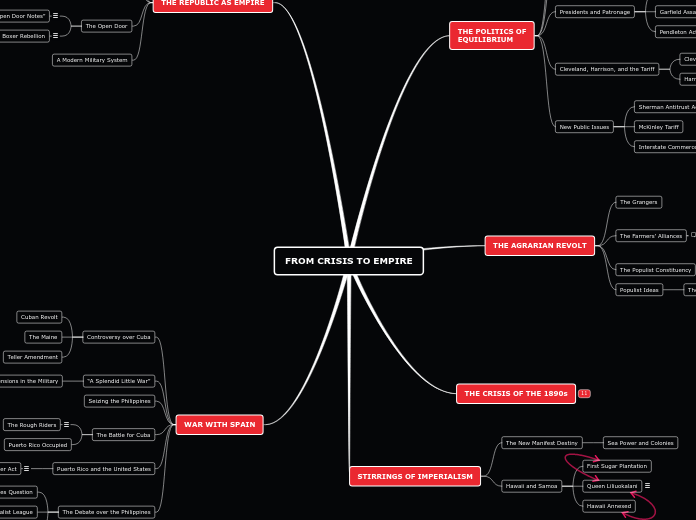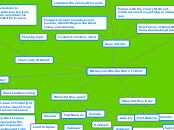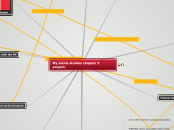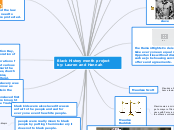Imperialism
“jingoes”
THE ELECTION OF 1896
MARY E. LEASE
FROM CRISIS TO EMPIRE
WAR WITH SPAIN
The Debate over the Philippines
Arguments for Annexation
Anti-Imperialist League
The Philippines Question
Puerto Rico and the United States
Foraker Act
This act established Puerto Rico as an unorganized U.S. territory. Puerto Ricans were not given U.S. citizenship, but the U.S. president appointed the island's governor and governing council.
The Battle for Cuba
Puerto Rico Occupied
The Rough Riders
The First United States Volunteer Calvary, a mixture of Ivy League athletes and western frontiersmen who volunteered to fight in the Spanish-American War. Technically commanded by General Leonard Wood but led in the field by former Assistant Secretary of the Navy and now Army Colonel Theodore Roosevelt, they won many battles in Florida and helped in the invasion army of Cuba. They did the famous charge up Kettle Hill during the Battle of San Juan Hill.
Seizing the Philippines
“A Splendid Little War”
Racial Tensions in the Military
Controversy over Cuba
Teller Amendment
The Maine
Cuban Revolt
THE REPUBLIC AS EMPIRE
A Modern Military System
The Open Door
Boxer Rebellion
Hay’s “Open Door Notes”
1899 rebellion in Beijing, China started by a secret society of Chinese who opposed the "foreign devils". The rebellion was ended primarily by British troops, in addition to other foreign powers including the United States. They forced the Chinese open to trade (on terms favorable to the western powers).
The Philippine War
Gradual Shift to Self-Rule
In the summer of 1901, the military transferred authority over the islands to William Howard Taft, who became their first civilian governor and gave the Filipinos broad local autonomy. The Americans also built roads, schools, bridges, and sewers; instituted major administrative and financial reforms; and established a public health to William Howard Taft, who became their first civilian governor and gave the Filipinos broad local autonomy. The Americans also built roads, schools, bridges, and sewers; instituted major administrative and financial reforms; and established a public health
Emilio Aguinaldo
Leader of the Filipino independence movement against Spain (1895-1898). He proclaimed the independence of the Philippines in 1899 after the Philippine Revolution and Spanish-American War, but he turned his attention to the Americans when he saw they wanted to colonize the islands. He was subsequently defeated by the US Army in 1901.
Governing the Colonies
Platt Amendment
Legislation that severely restricted Cuba's sovereignty and gave the US the right to intervene if Cuba got into trouble. Also gave the United States Navy control of Guantanamo Bay.
STIRRINGS OF IMPERIALISM
Hawaii and Samoa
Hawaii Annexed
Queen Liliuokalani
The queen of Hawaii in 1887 who was forced out of power by a revolution started by American business interests (sugar). Despite disliking foreigners, she let Hawaii be annexed because she knew her people would get massacred in a war.
First Sugar Plantation
The New Manifest Destiny
Sea Power and Colonies
THE CRISIS OF THE 1890s
McKinley and Recovery
Gold Standard Act
The Conservative Victory
End of the People’s Party
“A Cross of Gold”
Bryan’s “Cross of Gold” Speech
McKinley Nominated
The Silver Question
“Free Silver” Advocates
The Panic of 1893
“Coxey’s Army”
THE AGRARIAN REVOLT
Populist Ideas
The Populists’ Reform Program
The Populist Constituency
The Farmers’ Alliances
An organization founded in late 1873 that largely replace the Grange; they worked for lower railroad freight rates, lower interest rates, and a change in the governments tight money policy. They also provided social gatherings, educational opportunities, and organized cooperatives. Women were allowed (Mary Lease). They often backed many different candidates (Tom Watson of Georgia and Leonidas Polk of North Carolina) before the Southern and Northeastern ones merged and morphed into the Populist Party.
People’s Party Established
Ocala Demands
The Grangers
THE POLITICS OF
EQUILIBRIUM
New Public Issues
Interstate Commerce Act
McKinley Tariff
Sherman Antitrust Act
Cleveland, Harrison, and the Tariff
Harrison Elected
Cleveland Elected
Presidents and Patronage
Pendleton Act
Garfield Assassinated
Stalwarts and Half-Breeds
The National Government
First Pension System
The Party System
Reasons for Party Loyalties
High Voter Turnout









